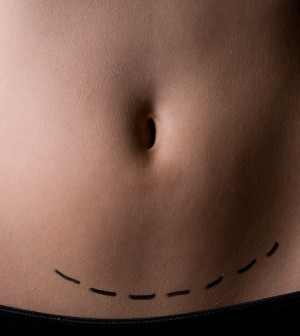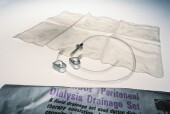- Navigating Your Midlife Crisis: Embracing New Possibilities
- City Raccoons Showing Signs of Domestication
- Mapping the Exposome: Science Broadens Focus to Environmental Disease Triggers
- One Week Less on Social Media Linked to Better Mental Health
- Your Brain Changes in Stages as You Age, Study Finds
- Some Suicide Victims Show No Typical Warning Signs, Study Finds
- ByHeart Formula Faces Lawsuits After Babies Sickened With Botulism
- Switch to Vegan Diet Could Cut Your Greenhouse Gas Emissions in Half
- Regular Bedtime Does Wonders for Blood Pressure
- Dining Alone Could Mean Worse Nutrition for Seniors
U.S. Dialysis Patients Increasingly Live in Poor Areas


More than one-third of kidney dialysis patients in the United States live in poor neighborhoods, a study finds.
Kidney dialysis rates in the United States are higher in poor neighborhoods, and they’re increasing in those areas, the 15-year analysis shows. Dialysis is used to treat people with kidney failure.
Researchers analyzed U.S. Centers for Medicare and Medicaid Services data to assess overall dialysis rates and those in poor areas, defined as having a a zip code where at least 20 percent of people live below the federal poverty line.
The results showed that 27.4 percent of adults who began dialysis between 1995 and 2004 lived in poor neighborhoods, compared with about 11 percent of adults in the general population.
Those percentages increased to 34 percent and 12.5 percent, respectively, between 2005 and 2010, said the researchers from Loyola University Chicago Stritch School of Medicine.
The study was published recently in the journal Hemodialysis International.
The researchers said it’s not clear why kidney failure and dialysis rates are higher in poor neighborhoods. Possible reasons could be less access to health care, greater exposure to environmental toxins and lifestyle habits, they said.
Future studies of kidney failure rates should examine long-term trends in poverty at the individual level and in smaller geographic areas, said corresponding author Dr. Holly Kramer and colleagues.
“The collection of such data may help track national and local trends in poverty status and be used to develop policies for improving health outcomes and disease prevention,” they wrote.
More information
The National Kidney Foundation has more about dialysis.
Source: HealthDay
Copyright © 2025 HealthDay. All rights reserved.










